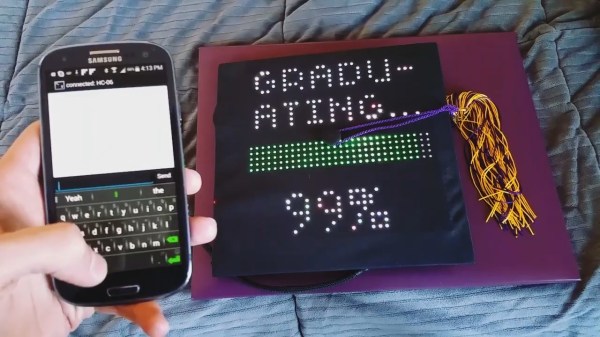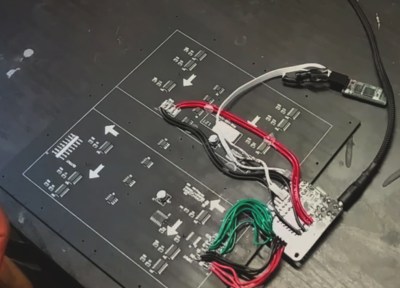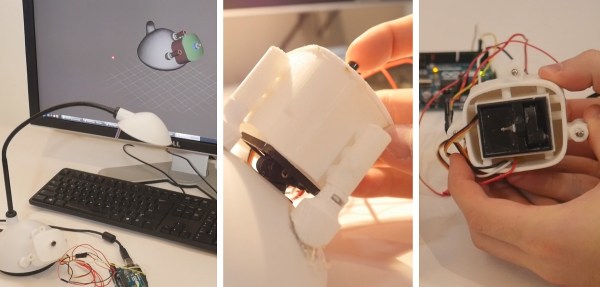The Hackaday Crew will be descending on San Mateo next weekend for Bay Area Maker Faire. Will you be there? Gerrit and I will be looking in every booth and byway for amazing hacks, new hardware, and anything else that tickles the fancy of hackers everyone.
We certainly didn’t miss the massive tin spider seen above at last year’s event. But it’s a huge venue, and I’m always afraid we’re going to miss something epic. If you’re exhibiting and want us to stop by, leave a comment below. If you know of something awesome that we shouldn’t miss this year, we’d love to hear about that too.
I’d also like to invite you to hang out with Hackaday on Saturday night. When the Faire closes its gates, something amazing happens every year at O’Neil’s Irish Pub. Don’t miss it!
Need a Ticket?
Texas Instruments sent us 4 Friday passes, and 9 weekend passes which we want to give away. The fairest way of doing that is a drawing using Twitter.
To enter, simply Tweet something about your favorite 2016 Hackaday Prize entry, including @Hackaday @TXinstruments #FairePass in the message. Here’s what an example Tweet looks like (don’t worry, I’m not eligible to win).
On Sunday, 4pm PDT we’ll make a list of all the Twitter handles that sent out a Tweet, then use random.org to choose 6 random numbers from that list. The second giveaway will happen at 4pm PDT on Wednesday 5/18, using the same procedure to choose the remaining 7 winners.
All of the obvious contest stuff applies: employees and family of Hackaday, Supplyframe, and TI are not eligible. Results of the drawing are final. We can’t substitute other prizes (we’re just giving away extra tickets) and this giveaway has no bearing on any other contests or winner selection.


















